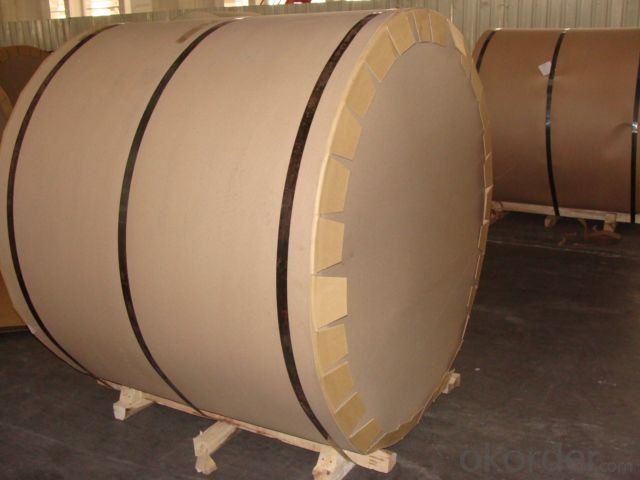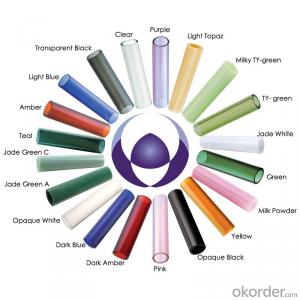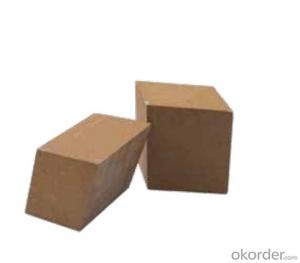AA3003 Aluminum Coils used for Construction
- Loading Port:
- Shanghai
- Payment Terms:
- TT OR LC
- Min Order Qty:
- 5 m.t.
- Supply Capability:
- 10000 m.t./month
OKorder Service Pledge
OKorder Financial Service
You Might Also Like
1.Structure of AA3003 Aluminum Coils used for Construction Description
AA3003 Aluminum Coils used for Construction has great ductility, heat conductivity, anti-corrosion and moisture resistance properties.
AA3003 Aluminum Coils used for Construction is widely used for PP cap stock, hot rolled thick plate, PS base plate, aluminum curtain wall base plate, the traffic sign ,air-conditioner heat and exchangers, food container, household foil, pharmaceutical packing, cigarettes packing.
2.Main Features of AA3003 Aluminum Coils used for Construction
• Superior quality of raw material
• Reasonable and stable chemical composition
• Accurate tolerance
• Goode mechanical property
3.AA3003 Aluminum Coils used for Construction Images



4.AA3003 Aluminum Coils used for Construction Specification
Alloy | A3003 |
Temper | H14, H16, H18, H22, H24, H26, H32, O/F |
Thickness | 0.2mm -- 100mm |
Width | 30mm -- 1700mm |
Standard | GB/T 3880-2006,EN |
5. FAQ of AA3003 Aluminum Coils used for Construction
A.How to guarantee the quality?
Customers are welcome to our mill to visit and check the products. Besides, we can arrange a third party to test AA3003 Aluminum Coils used for Construction.
B. Now which countries do you export your goods?
Now we export to South East Asia,Africa, North America,South America ect.
- Q:Relevant question 5Excuse me, what's the meaning of your "deoiling effect"? And you answer two kinds of performance, my understanding is that the oil removal effect is not good, lead to aluminum volume is not neat, what is the difference between the two? Solution, thank you
- The layers between the extrusion effect increases, there is a high speed roll out effect, so that the support of oil film between layer and layer thinning, especially edge thinning, lost support of the aluminum layer partial collapse, there is the edge of the water ripple condition serious if the aluminum layer a big part of the in-plane film thickness thinning, will occur due to the inner tension decreases, torque generated in the outer layer of the strong rolling tension, will roll toward the side with the offset, coil diameter is larger, the offset will become increasingly large, even from the reel, offset The direction is uncertain, but from the analysis of stress can be analyzed;
- Q:Can aluminum coils be used for automotive applications?
- Indeed, automotive applications can utilize aluminum coils. Aluminum, being a lightweight and resilient substance, presents numerous benefits within the automotive sector. Its resistance to corrosion proves advantageous for vehicles that face diverse weather conditions. Furthermore, aluminum coils possess commendable thermal conductivity, enabling them to efficiently disperse heat. This attribute proves crucial for automotive utilities like radiators and heat exchangers. Additionally, the ease with which aluminum coils can be molded and shaped renders them suitable for manufacturing a wide array of automotive components. Ultimately, incorporating aluminum coils into automotive applications can lead to reduced weight, heightened fuel efficiency, and improved performance.
- Q:Are aluminum coils resistant to UV radiation?
- Yes, aluminum coils are generally resistant to UV radiation. Aluminum has a natural oxide layer that provides protection against UV rays, making it highly durable and suitable for outdoor applications.
- Q:Which type of wheel is more durable, long-lasting and which wheel type would cost more, Aluminum or chrome?
- chrome would cost more because the rim has to be purchased polished and have chromed. aluminum gets damaged easier.
- Q:Can the color coated aluminum roll be bent easily and won't break?
- Weathering resistance. The weight of a unit volume is the lightest of all metal materials. It is widely used in fields such as pigments, balcony packaging, and is not susceptible to corrosion. It is durable and beautiful in appearance. Specially applied to the interior of public places, colour coated aluminium rolls have become one of the most popular top decorative materials: polyester coated aluminum rolls (PE). According to the surface film forming structure, fluorocarbon coating can be divided into two kinds: traditional fluorocarbon and nano fluorocarbon coating. The biggest advantage is that the strength of the fluorocarbon coating is incomparable. It is a new type of material which has recently emerged in the field of doors and windows.
- Q:Are aluminum coils suitable for interior design applications?
- Yes, aluminum coils are suitable for interior design applications. Aluminum is a versatile material that offers durability, lightweight properties, and resistance to corrosion. It can be easily shaped, painted, or coated to match various design aesthetics. Additionally, aluminum coils are commonly used for decorative purposes like ceiling panels, wall cladding, and furniture components, making them a popular choice in interior design projects.
- Q:What is the creep resistance of aluminum coils?
- The creep resistance of aluminum coils is generally high, as aluminum has a low melting point and exhibits minimal creep deformation under normal operating conditions.
- Q:Are aluminum coils compatible with other materials?
- Yes, aluminum coils are compatible with other materials. Aluminum is a versatile and widely used material that can be easily integrated with various other materials in different applications. For example, aluminum coils can be used in conjunction with copper tubing in air conditioning and refrigeration systems to enhance heat transfer efficiency. Additionally, aluminum coils can be coated or laminated with other materials such as polymers or paints to provide additional protection against corrosion, improve aesthetics, or enhance specific performance characteristics. Therefore, aluminum coils offer compatibility with a range of materials, making them suitable for diverse applications in industries such as construction, automotive, aerospace, and more.
- Q:What are the potential applications of laminated aluminum coils?
- Laminated aluminum coils have a wide range of potential applications. They can be used in industries such as electrical, automotive, aerospace, and construction. Some specific applications include electrical transformers, heat exchangers, automotive radiators, air conditioning systems, and architectural facades. The lamination process enhances the durability, heat and corrosion resistance, and electrical conductivity of the coils, making them suitable for various demanding environments and applications.
- Q:They say aluminum can be found in deodorants.And this aluminum is absorbed by the skin and block pores.Does the amount of aluminum affect the rate of how it dries up?
- Like any chemical reaction quantity would matter. Aluminum Chloride is one of several active ingredients. It works by doing two things. The first is it is an astrigent which causes the sweat glands to shrink or close up. The second is that it reacts with sweat to form a gell like substance that plugs up the pores. The combined effect is to stop sweating. The two effects are temporary and the pores eventually open up and clear themselves out. These two drying effects of aluminum chloride are fast acting and work upon application. So to answer your question i would consider aluminum as a means of making a deoderant dry faster by stopping the sweat from leaving the pores.
1. Manufacturer Overview |
|
|---|---|
| Location | |
| Year Established | |
| Annual Output Value | |
| Main Markets | |
| Company Certifications | |
2. Manufacturer Certificates |
|
|---|---|
| a) Certification Name | |
| Range | |
| Reference | |
| Validity Period | |
3. Manufacturer Capability |
|
|---|---|
| a)Trade Capacity | |
| Nearest Port | |
| Export Percentage | |
| No.of Employees in Trade Department | |
| Language Spoken: | |
| b)Factory Information | |
| Factory Size: | |
| No. of Production Lines | |
| Contract Manufacturing | |
| Product Price Range | |
Send your message to us
AA3003 Aluminum Coils used for Construction
- Loading Port:
- Shanghai
- Payment Terms:
- TT OR LC
- Min Order Qty:
- 5 m.t.
- Supply Capability:
- 10000 m.t./month
OKorder Service Pledge
OKorder Financial Service
Similar products
New products
Hot products
Related keywords






























